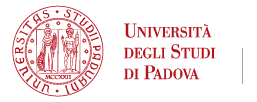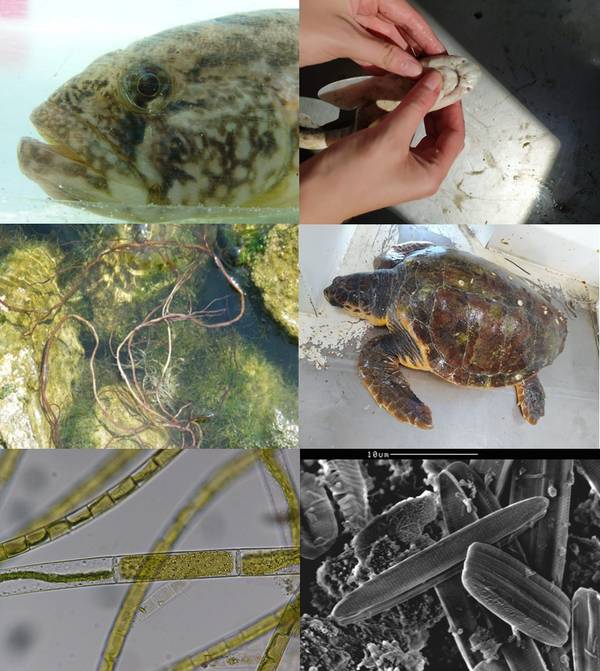
Marine biodiversty
The course will introduce the students to the marine biodiversity. Starting with the concept of biodiversity and its different levels, the course will focus on the organismal level through an evolutionary approach.
Regarding the plant marine biodiversity, the different photosynthetic organisms, starting from cyanobacteria to plants will be analyzed. In particular, for each photoautotrophic organism group, diagnostic features useful to the identification, such as cell structure, morphology, ultrastructure and biochemical characters, will be evaluated. Moreover, different methods to isolate and grow algal species will be examined.
For the animal biodiversity, the course will present the different taxa of marine invertebrates and vertebrates, including the magafauna (elasmobranchs, marine mammals, reptiles and birds).
Organisms will be presented in relation to the environment and considering the main morphological adaptations. In particular, the course will examine in depth swimming, feeding, sensory system and reproductive adaptations. Adaptations to the different environments, e.g. demersal and pelagic, to the interaction between marine and aerial environment, and from the depth to the intertidal environments will be considered. The role of organisms in the trophic webs will be presented.
The course will include theoretical lessons, lab and field practical activities. Theoretical lessons will include seminars of experts. In the lab, students will have a direct experience of the different marine organisms and their main adaptations, presented during the theoretical lesson. Students will also learn how to identify marine organisms. For these activities, samples of the different taxa will be used, with a particular emphasis on flora and fauna of the Mediterranean Sea. Thanks to the collaboration with fishers and through dedicated sampling, students will have fresh material available. During the field activities, students will be able to directly observe and sample marine organisms.
Teaching modalities will include group work, discussions and the use of multimedia material.
The two teachers of the course are Prof. Isabella Moro, for flora, and Prof. Carlotta Mazzoldi, for fauna.
For the complete program please consult the Syllabus






